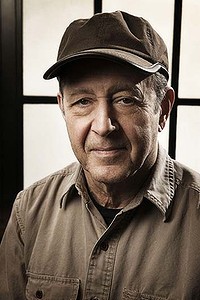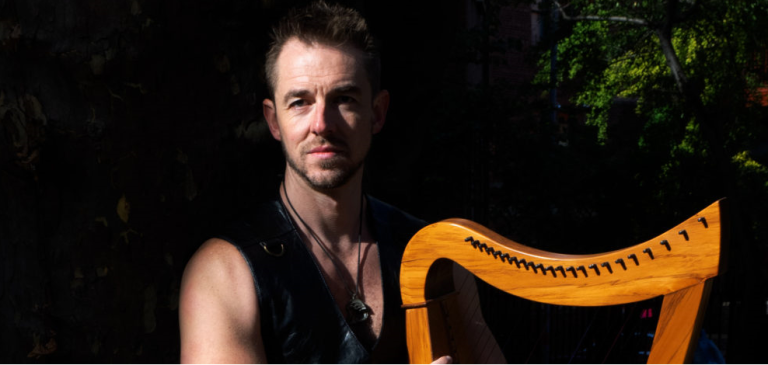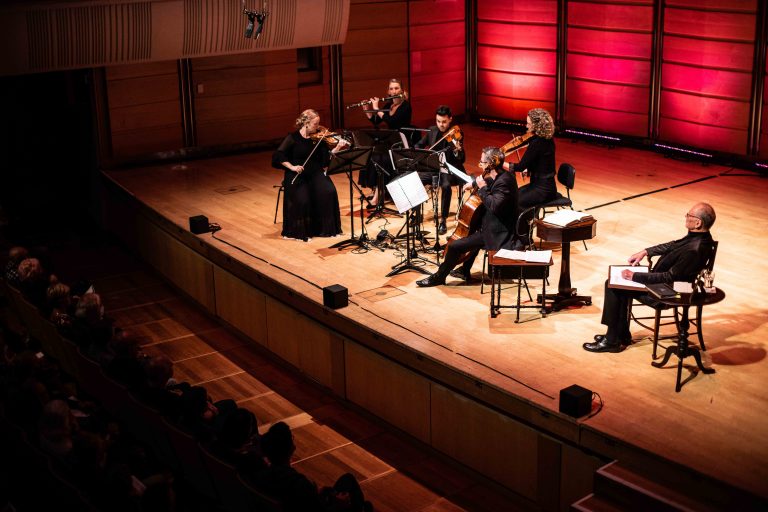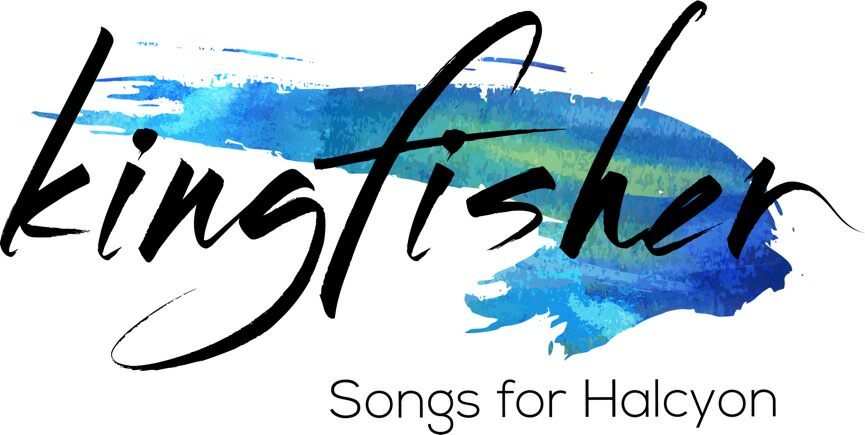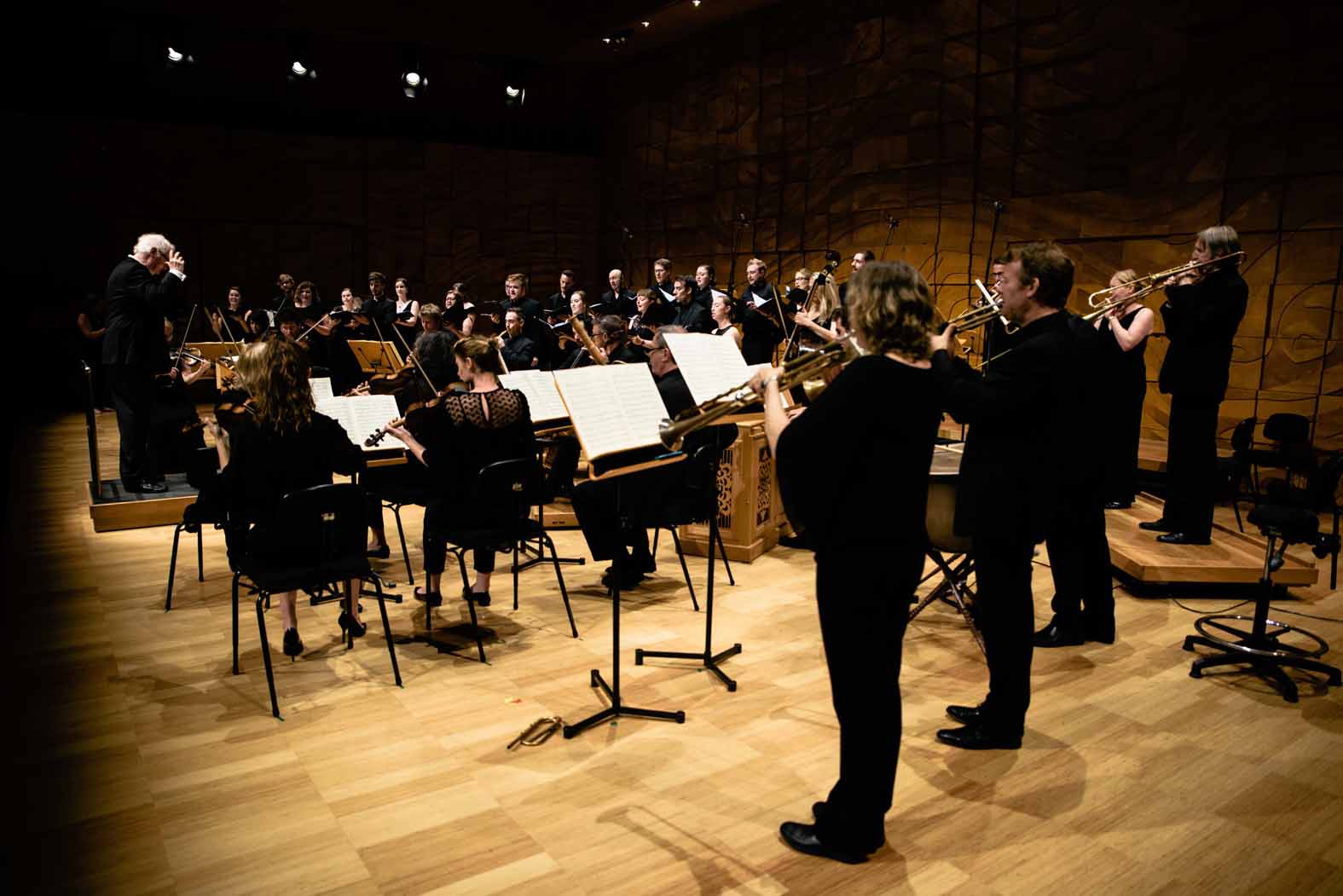Concert Review: Australian Haydn Ensemble / Melbourne Digital Concert Hall

Haydn’s Dream & Bach’s Goldberg
Australian Haydn Ensemble/Melbourne Digital Concert Hall
8 October, 2020
The Australian Haydn Ensemble pitted slumber against insomnia in its programme Haydn’s Dream & Bach’s Goldberg for Melbourne Digital Concert Hall. Led by artistic director and violinist Skye McIntosh, who was joined by violinist Matthew Greco, viola player Karina Schmitz and violoncellist Daniel Yeadon, the ensemble delivered a delightful, historically informed performance of neatly themed music, on period instruments.
“Everything is old is new again,” crooned Peter Allen, and the AHE reached back to the Baroque to open their programme with selections from Johann Sebastian Bach’s Goldberg Variations BWV 988, arranged by French musicologist François Meïmoun (b 1979) for string quartet. As the story goes, the monumental Aria and 30 variations was first performed on the harpsichord by Johann Gottlieb Goldberg, a precocious 14-year-old, to soothe the insomnia of his employer, Count Hermann Karl von Keyserling. The piece has been reincarnated and reinvented in so many different ways and for so many different instruments and combinations, it has surely entered Nirvana and evokes an idyllic state in eternity.
Bach’s own strategy of underpinning the variations on harmony rather than melody, has allowed infinitely more opportunities for reinterpretation. Meïmoun observes ‘’total respect for the original text. No change of notes or rhythms.” The choice of string quartet by François Meïmoun’s for his arrangement, is a stroke of genius. The harpsichord, beauteous as it is, does not sustain sound. In the hands of the AHE we were given a fresh and individual experience of the Aria and selected variations. Using the power of the string ensemble to sustain the tone and vary the dynamics, the AHE deftly navigated a fine balance between cleanly illustrating themes and counter-themes, without losing definition in an indistinct wash of sound. They teased out the comparisons and contrasts in Bach’s polyphony. The Aria, so exquisitely simple was gracefully played with its ornaments and phrasing; the variations were coloured with nuances not possible on the Baroque keyboard, in a careful mix of intellect with emotion.
The second movement of Beethoven’s String Quartet No. 1 Op 18 aptly marked Adagio affettuoso ed appassionato was Beethoven’s response to the deaths of Romeo and Juliet whose dream of love resulted in tragedy. Calling for a far greater serving of emotion and drama, the AHE responded with Skye McIntosh’s achingly beautiful expression of the opening theme. Whilst the lower strings participated in some degree of imitation, this movements is almost a concertino for violin, in which McIntosh took centre-stage with empathetic support from the ensemble, exceptionally cohesive in the extended pauses and declamations of the last bars of the movement.
Finally, Franz Josef Haydn’s String Quartet No. 40 in F major Op. 50 No. 5 The Dream, so called, for the mood evoked by the Poco adagio second movement. The first movement however, (Allegro moderato), was given its characteristic jollity with the ensemble engaging in roguish banter, before lapsing into the other-worldly reverie that is the second movement. With the broad arpeggios of the fourth movement and its portamenti guffaws, the AHE expressed the best of Haydn’s gaiety building up the simple thematic material with style and substance.
This might have left me wide awake and ready to party if not for the very welcome, unprogrammed inclusion of Schumann’s Träumerei, no.7 from his Kinderszenen opus 15, a radiantly beautiful, exquisitely crafted piece, like the ‘Goldberg’, first written for keyboard and given a sweepingly sublime rendition by the AHE.
Charles MacInnes’ erudite programme notes were entertaining and informative. Peter Allen’s lyrics continue with special relevance to dreams and existential dread “Let’s go backwards when forward fails… Don’t throw the past away…Dreams can come true again, When everything old is new again.”
Shamistha de Soysa for SoundsLikeSydney©


